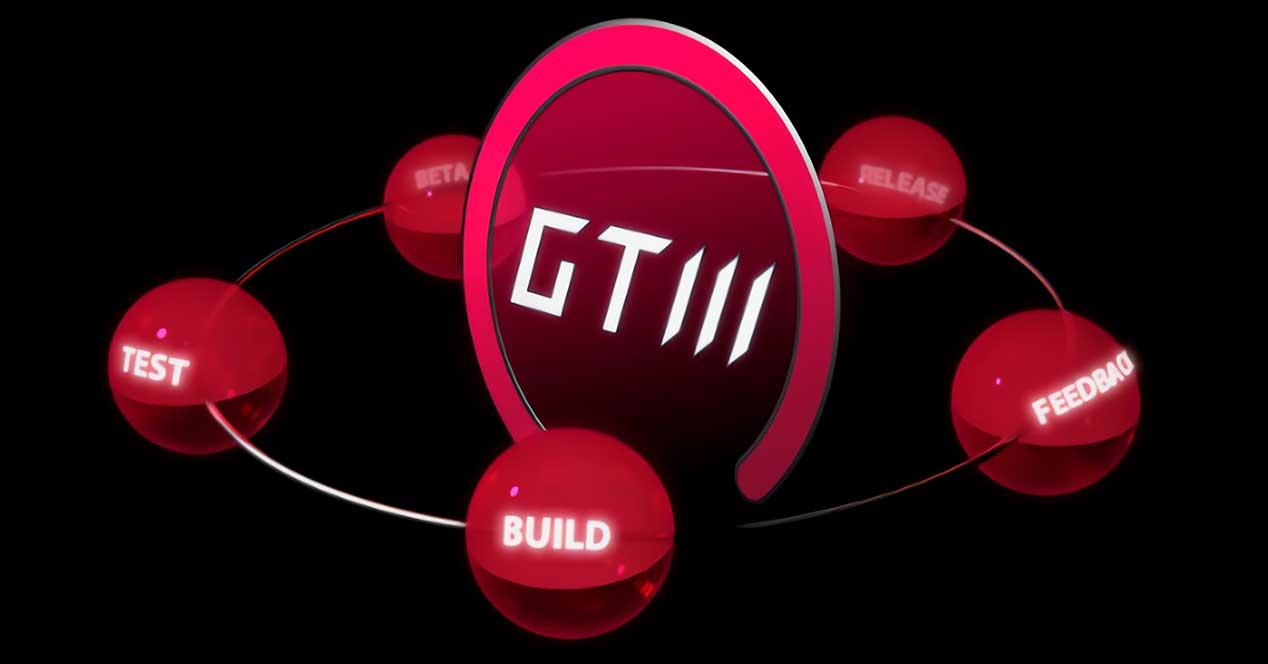The increase in consumption of graphics cards and the nullity of innovation in dissipation systems have meant that more and more users demand control and monitoring software that is more complete, easier to use and which consume less. of PC resources. ASUS has listened carefully and so now has the third version of its flagship software for these purposes, but what does ASUS GPU Tweak III provide compared to the rest?
GPU monitoring software is needed in these times, it is not in vain that values such as temperature, consumption or fan speed can go hand in hand. For this reason and to compete with the best, ASUS has redesigned its flagship software and now offers more features than ever before.
ASUS GPU Tweak III, the best software for a graphics card?
ASUS had a few years where it couldn’t compete with other more powerful software like EVGA Precision or MSI Afterburner, but it seems the company has figured out that software is as important as hardware. With this in mind, it has designed a new program that retains the essence of its predecessor, but leaves behind a series of quite interesting new features.
Web Exclusive for ASUS GPU Tweak III
While the reality is that ASUS at the time of writing this article has only released its GPU Tweak III in beta, from what we’ve tested we can say it’s really stable. Therefore, in the download area of your website, we will not find any stable versions yet, but only one beta version called 1.2.1.1.
You can download this version by following the following link:
New graphical interface
What stands out the most once the software is installed with the next, next, next type (it has no science) is the graphical interface, totally renewed for the occasion and with which it leaves us a series of options and much more intuitive graphics.
As we can see, everything is centered on the left side, since there are the different options to choose the menu. The first which is the one that is set as standard is Home and it leaves us the configuration options for the Power Target, the GPU and VRAM clocks and the fan speed (bad reading in this case because the GPU has a water block ).
As we can see, we have four options to choose from, three of which are predefined, such as default mode, overclock mode and silent mode. The fourth is the manual mode, which will simply allow us to apply the values that we indicate to it within the predefined limit of the card (if it had it, as is our case).
Despite the fact that on the right side we have the OSD button, the program itself has a section to configure it to our liking. These options will set the onscreen tracking when we are playing, so it’s important to spend some time setting the sizes, fonts, position, and values that we want to see in real time in the game.


The position and opacity options are striking, not to mention the padding, all very complete and testifying to an extremely high degree of customization.
The result with everything turned on and to our liking is reflected like this, simple to read, translucent, with white letters and everything well organized, but as they say, it is fully customizable.
Utilities in GPU Tweak III
ASUS gives us the possibility of downloading several of its software utilities to complete the offer it offers with Tweak III. We can download your Furmark GPU stress software in ROG version, Armory Crate component and lighting control software for free, your Quantum Cloud or XSplit cloud management system for live streaming.
Although it might not seem like it, the program will allow us more exhaustive control in the OSD panel itself, but for that we will have to slide to the monitor menu and then we will have a second side tab attached to the one we are working on.
This tab can be dissociated from the first and original by clicking on the icon that connects them in the form of a chain. What we will see in this new tab are precisely all the parameters of the GPU in real time with the novelty that ASUS not only displays the current value every second, but now allows to display the maximum and minimum value of each d ‘between them.
You can export logs and import them and above all display the information in a much more graphic way. At the top left in this same tab with the values, there are two options: row view and column view. The normal thing is that we are in the row view, but if we click on the column view, we will have the same information displayed in independent charts, which allows us to see the evolution of each value in a range of time that cannot be changed.
The last ASUS Tweak III setting is GPU-Z, a program that is usually provided separately and must be downloaded and which we will have here as a utility in the ASUS software itself. Moreover, it is completely personalized with the theme of the same, so it is more than interesting to have all the specifications of the card in one click.
It is true that it is not as complete as the original GPU-Z due to the lack of options that it includes, but it is a lean version that is always good to have under the main to check any parameter of our GPU.
To finalize the options of this software, we will have to go to a button that is in the upper right part of it, right next to the reduction button and that has the shape of a gear. Inside we will have four options available, as the following pictures show:




In these tabs there are such interesting options as the extended overclocking range for GPUs that allow it, the fact that the program starts when Windows loads fully automatically, to be able to put said software to our liking in terms colors and text, wallpaper included, some monitoring options such as logs and of course keyboard shortcuts to configure them as we wish and launch profiles, OSDs, screenshots or even configure GPU boost for the time being.
As we can see, the new version of this software is extremely powerful and gets better with each release, so it is more than likely that ASUS is listening to its community, more features will be added over the months. .
The Post Do you need to monitor your chart? Try the new ASUS Tweak III GPU that first appeared on HardZone.
Table of Contents















